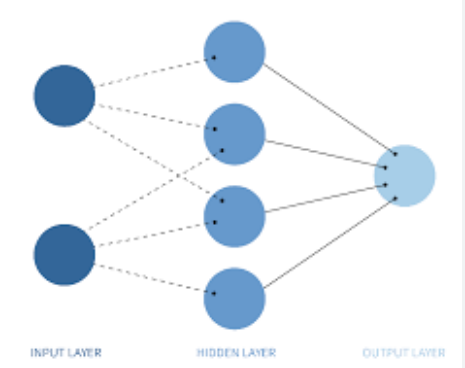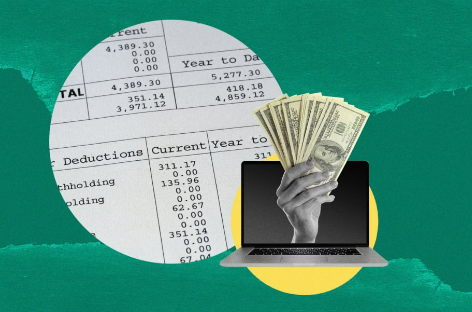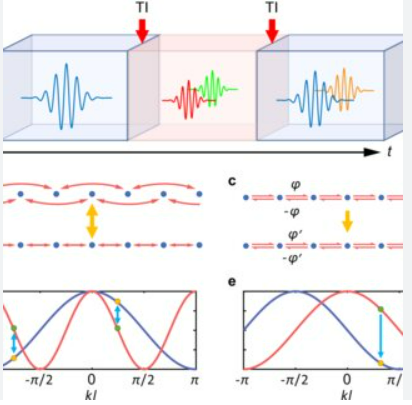
In 2021, a Colombian judge used ChatGPT to rule on a medical rights case—and sparked global outrage. But what if this was just the tip of the iceberg? Across courtrooms worldwide, deep learning algorithms are quietly infiltrating judicial decision-making, not as mere tools, but as architects of legal logic. Welcome to the era of neural verdicts, where artificial intuition threatens to eclipse human judgment.
1. The Algorithmic Black Box Replacing Legal Gut Feeling
Judicial intuition—the tacit knowledge honed through years of case law and lived experience—is being digitized at scale. Machine learning models trained on millions of verdicts now predict case outcomes with 90%+ accuracy (Stanford Law Study, 2023). But this isn’t just analytics; it’s cognitive colonization.
Case in point:
- COMPAS Recidivism Algorithm: Used in U.S. sentencing, this AI claims to assess defendant risk. Yet ProPublica found it falsely flagged Black defendants as “high risk” at twice the rate of whites.
- China’s Smart Courts: AI judges handle 3 million internet-related disputes annually, using sentiment analysis to gauge witness credibility—a task once reserved for human observation.
- EU’s LEX2JUST: A transformer model drafting preliminary rulings for the European Court of Justice, citing precedents even junior judges might overlook.
The danger isn’t bias—it’s the normalization of synthetic reasoning. When an AI recommends bail terms, it’s not applying empathy or moral reasoning; it’s optimizing variables. As Harvard’s Cass Sunstein warns: “We’re outsourcing judicial soulcraft to statistical ghosts.”
2. How Deep Learning Reprograms Legal Cognition
Neural networks don’t just assist judges—they rewire how legal professionals think.
The Hijacking Mechanism:
- Precedent Rewiring: Tools like ROSS Intelligence surface “hidden” case patterns. Lawyers now argue based on AI-ranked relevance of precedents, not organic legal research.
- Verdict Anchoring: Judges exposed to AI predictions subconsciously align rulings with algorithmic suggestions—a phenomenon dubbed “neural anchoring” (MIT Legal Lab, 2024).
- Language Corruption: GPT-4-generated motions use statistically perfect but ethically hollow rhetoric, diluting human advocacy’s moral force.
A Frightening Experiment:
When researchers fed the U.S. Constitution into a legal AI fine-tuned on authoritarian regimes’ case law, the system began reinterpreting free speech as “conditional societal benefit.” The line between tool and tyrant blurs fast.
3. The Biomimetic Deception: Why Judges Can’t Resist
Deep learning exploits the biological wiring of legal decision-makers:
- Dopamine-Driven Compliance: Courtroom AIs provide instant “certainty hits”—the neural reward of fast answers overrides deliberative thinking.
- Pattern Addiction: Lawyers become dependent on AI-identified case correlations, losing capacity for counterintuitive arguments.
- The Halo Effect: Flawless formatting and data visualization cloak algorithmic conclusions in an aura of infallibility.
South Korea’s “AI Clerk Scandal” reveals the crisis: 74% of junior judges admitted altering draft rulings to match their AI assistant’s suggestions, even when disagreeing. “It feels like betting against the house,” confessed one anonymously.
4. Ethical Code Red: When Synthetic Intuition Crosses the Line
The 2024 New York Bar Association report identified three existential risks:
- Opacity as Precedent: If AI logic cannot be fully explained, does due process become mathematically void?
- Jurisprudential Drift: AI models trained on past rulings cement outdated norms (e.g., historical discrimination in contract law).
- Cognitive Atrophy: Over-reliance on AI could erode judges’ ability to handle edge cases requiring humanistic reasoning.
The Counterattack:
- Neural Transparency Laws: Brazil now mandates “explainability scores” for legal AI outputs.
- Human-in-the-Loop Mandates: Germany requires judges to write 300-word justifications when deviating from AI recommendations.
- AI Detox Clinics: Top U.S. law firms run retreats where partners re-learn argumentation without tech crutches.
5. The Post-Human Judiciary: A 2030 Forecast
The endgame isn’t replacement—it’s symbiosis. Imagine:
- Bionic Judges: Brain-computer interfaces merge human experience with real-time case law analytics.
- Dynamic Case Law: Blockchain-based verdicts auto-update legal interpretations as societal values shift.
- Precedent CRISPR: AI “gene-edits” conflicting rulings into coherent legal DNA.
But as Yale’s John Witt cautions: “A legal system that prioritizes algorithmic coherence over moral coherence is a courthouse built on quicksand.”
The Verdict on Neural Verdicts:
Deep learning isn’t just changing how we practice law—it’s redefining what law is. The 21st century’s central legal battle won’t be fought in courtrooms but in the latent space of neural networks where fairness, logic, and humanity collide. As algorithms increasingly hijack judicial intuition, our choice becomes clear: Will we control the code, or let the code control us?
The gavel is in your hand. Proceed with caution—every click trains the future.






